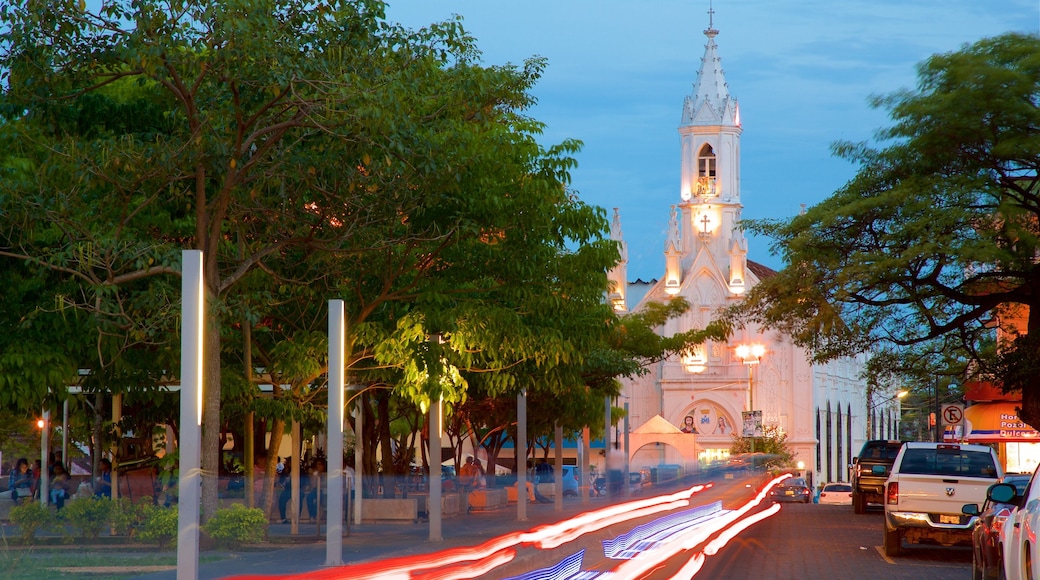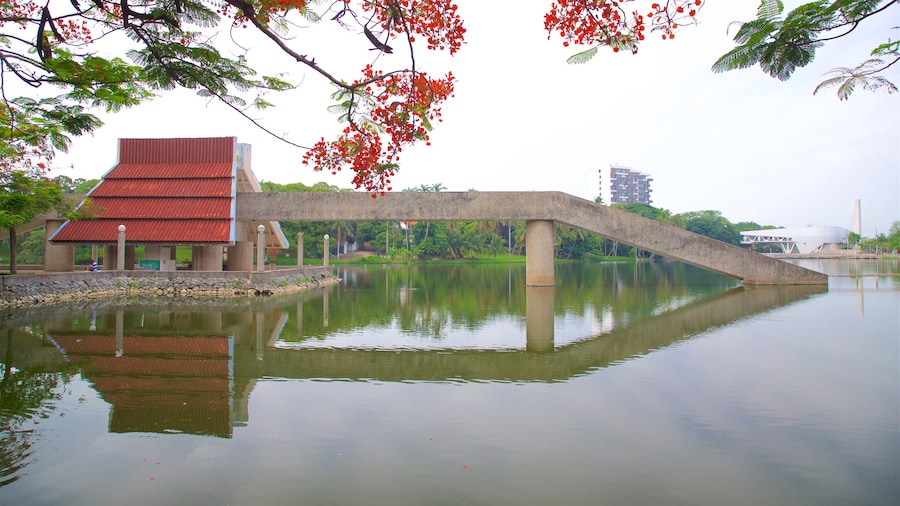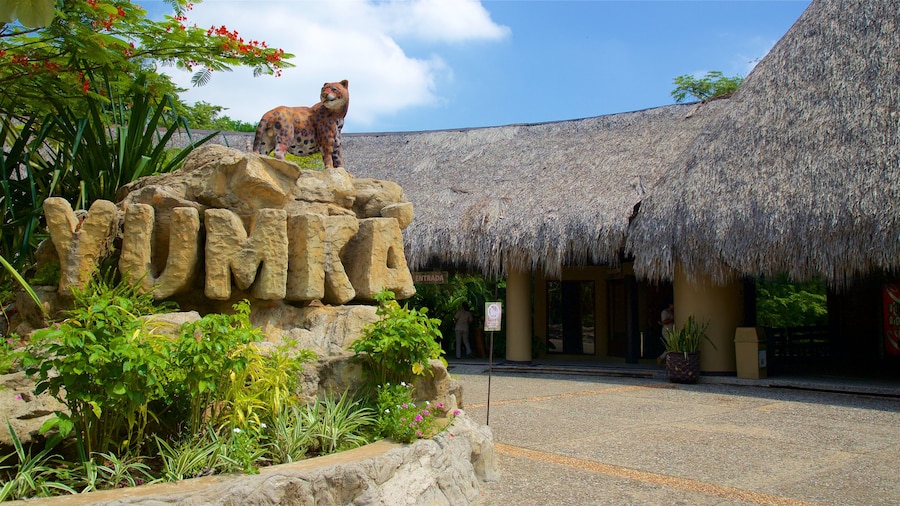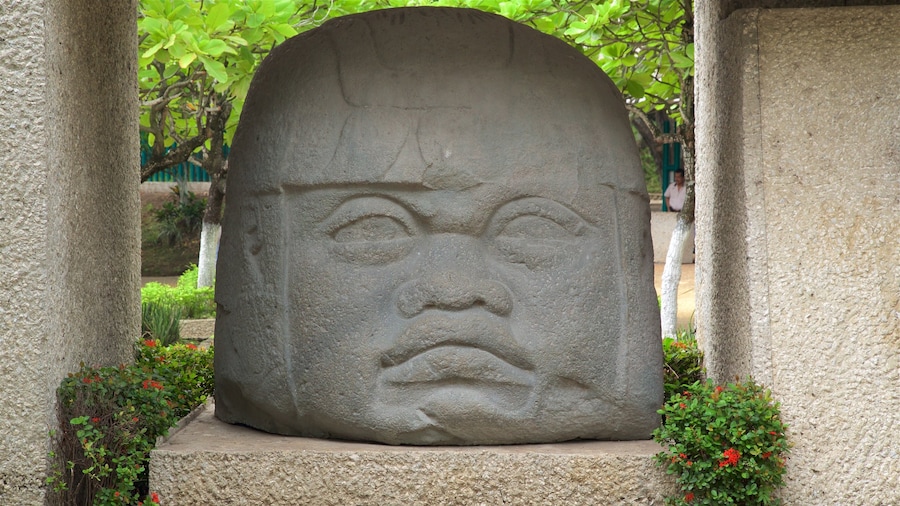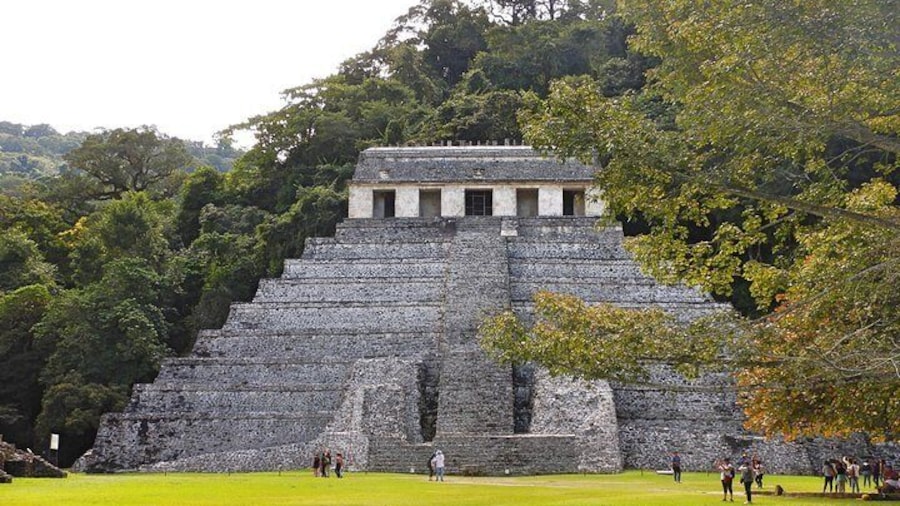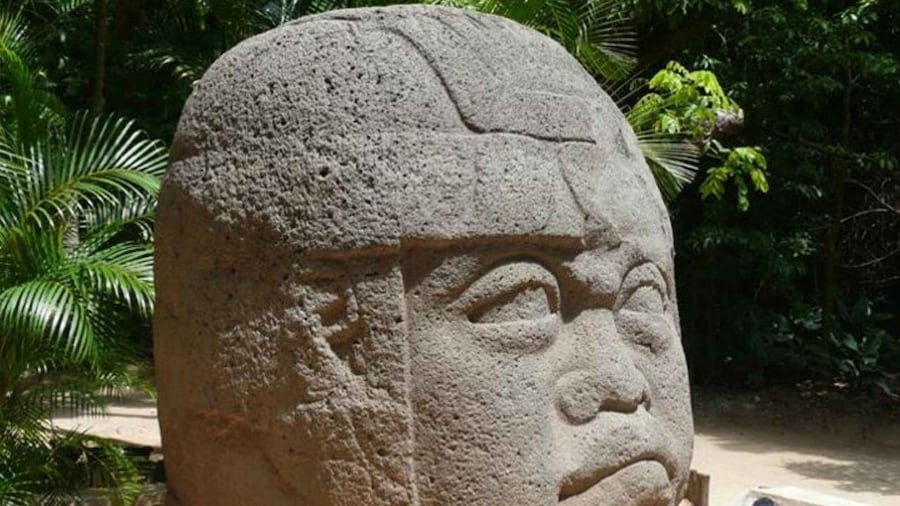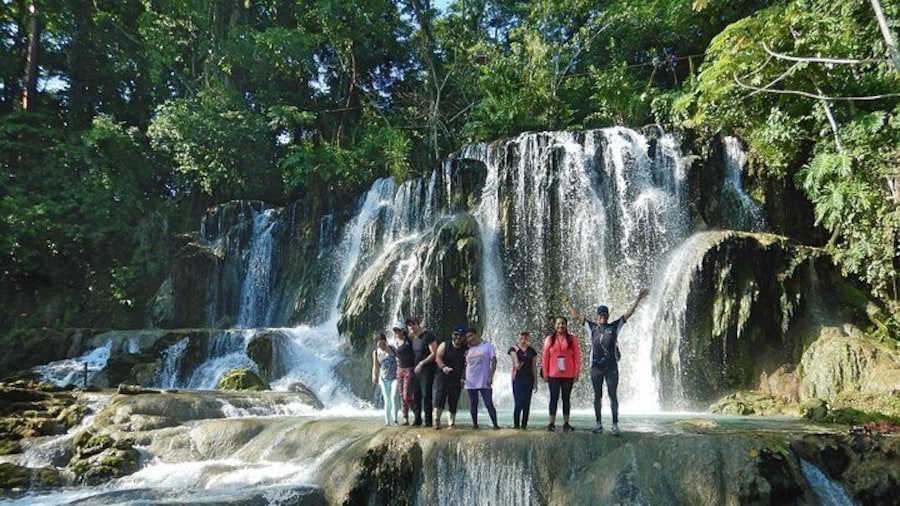Appreciate the scenery of the great outdoors as you explore the ecological and cultural reserves of this city in the heart of a historic indigenous area.
Villahermosa is a modern state capital with an intriguing indigenous past and many fascinating cultural attractions. It is a practical and intriguing base from which to see the nearby Maya ruins of Palenque.
Make your way through the various museums and parks that make up the Villahermosa City Center. Among the highlights is the La Venta complex, which is an open-air museum displaying relics and artifacts that chronicle the Olmec peoples who inhabited Mexico and Guatemala thousands of years ago. Wander through 17 acres (7 hectares) of grounds to inspect more than 30 monuments, including monoliths and altars.
Bring water at all times on your trip because the weather is hot year-round, with peaks in May and June. The wet season runs from June through October. Cool down in the shade of a tropical tree in the Tomas Garrido Canabal Park. Lay down a blanket and enjoy a picnic with a view of the vast lake. Capture photos of the panorama from the Mirador de las Águilas on the northern shoreline.
Continue on the theme of outdoor activities with a visit to the Yumká, an ecological reserve with free-roaming animals. The innovative zoo has around 35 different species spread across several sections, such as jungle, lagoon and aviary. Ride the reserve’s truck around the park for a closer look at the elephants, rhinos, ostriches and zebras among other animals.
Make the most of the sunshine with an afternoon at the nearby coastal city of Paraíso. See the colonial church and sunbathe on Varadero Beach.
Note that the city’s name is Spanish for Beautiful Village. In addition to farming, oil is the major player in Villahermosa’s economy. It is the largest city in the state of Tabasco, in southeastern Mexico, and lies between the rivers of Grijalva and Carrizal. Arrive at the Carlos Rovirosa Pérez International Airport.
Preservation is key in Villahermosa, where reserves protect the natural environment and museums pay tribute to the indigenous history.
